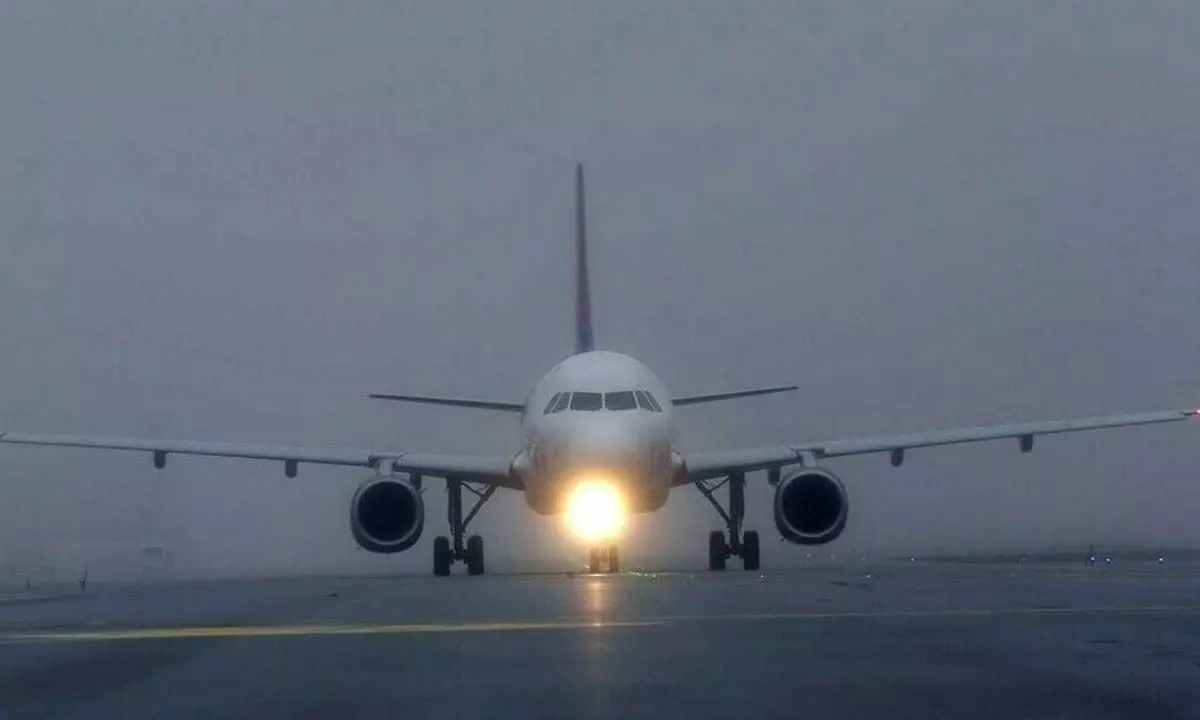Air industry recovery gathering pace despite uncertainty
Air passenger traffic is expected to hit 83 per cent of pre-pandemic levels this year and the aviation industry's return to profit is ‘within reach’ in 2023 despite ongoing uncertainty. Industry losses are expected to drop to $9.7 billion this year, a ‘huge improvement from $137.7 billion in 2020 and $42.1 billion in 2021, predicts IATA.
image for illustrative purpose

Air passenger traffic is expected to hit 83 per cent of pre-pandemic levels this year and the aviation industry's return to profit is 'within reach' in 2023 despite ongoing uncertainty. Industry losses are expected to drop to $9.7 billion this year, a 'huge improvement from $137.7 billion in 2020 and $42.1 billion in 2021, predicts IATA.
Airlines are resilient. People are flying in ever greater numbers. And cargo is performing well against a backdrop of growing economic uncertainty. While some firms in the sector went bankrupt, others backed often by states have emerged from the pandemic with profits intact.
More than 1,200 aircraft are expected to be delivered in 2022, while cargo volumes should reach a record 68.4 million tonnes despite economic challenges, IATA said. Potential summer of chaos with shortages and strikes could threaten airlines' recovery.
The Covid-19 pandemic had a severe impact on the civil aviation sector in India with airlines, airports and related services coming under financial stress in 2020-21. However, several airline companies had been under financial stress from before the pandemic. As per the Ministry, 17 airlines have exited the market in the past 15 years. Out of these, two airlines exited in 2020.
Aircraft were lying idle during the Covid period of nearly two years. Many airlines resorted to cost cutting and retrenchment was part of it. Now, after a sudden surge in demand, a large number of aircraft have been deployed whereas many airlines have not recruited enough manpower to handle the pressure. New staff is there at many places, but they need to be synchronized with the system and require reorientation.
The financial Burden of Air India has been such that between 2009-10 and 2020-21, the government allocated a total amount of Rs1,22,542 crore to Air India. Between 2015-16 and 2019-20, the actual passenger revenue from the airline fell short of the budgeted passenger revenue by 14 per cent on average.
As per the Ministry, Air India has remained in loss because of: (i) a high interest burden, (ii) an increase in competition from low-cost carriers, (iii) high operating costs, and (iv) adverse impact of exchange rate variation due to weakening of the Indian rupee.
Following the finalization of the sale of the airline, funds were allocated for the equity infusion process to repay the debts. The revised estimates of 2021-22 shot up since the government allocated Rs70,718 crore to repay the debts of Air India.
Poor financials of the airlines, broken supply chain and lack of technical efficiency in DGCA are some of the major reasons behind the rising number of instances involving technical glitches in planes, feel aviation safety and industry experts.
While trade is roaring back to life, multiple geopolitical crises including the war in Ukraine and the environment are slowing the sector's recovery, though industry figures are optimistic about the future despite the issues.
In the past few weeks, delays and cancellations caused by a lack of staff at airports and strikes for better pay have wreaked havoc upon travellers. The cost of operation is high in India. Aviation fuel rates are on a higher side. In many airlines, suppliers of spares have not been paid completely due to poor financial conditions some airlines are going through and as a result the supply chain has been disturbed. All these things have an impact on the day-to-day maintenance of aircraft.

